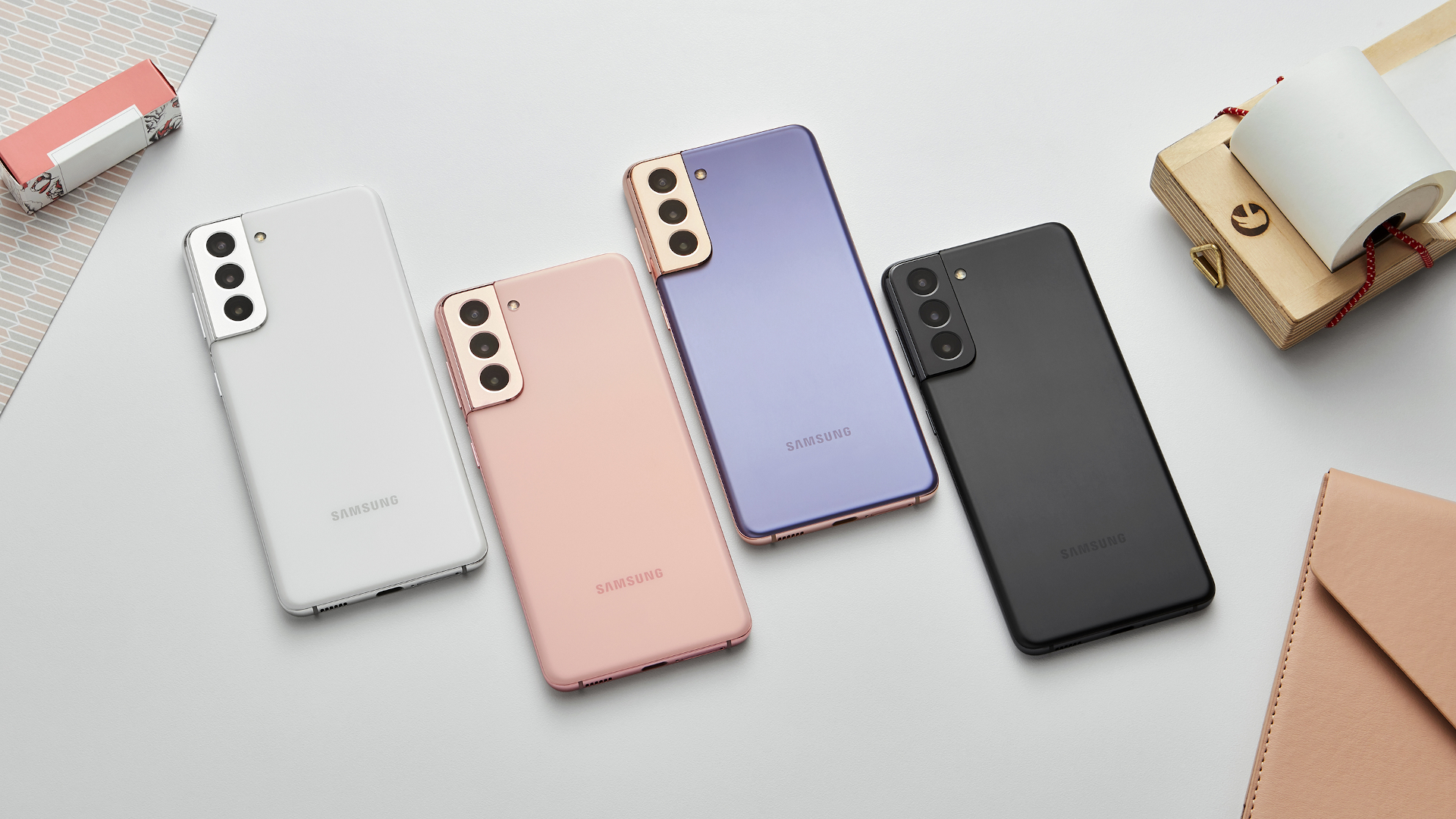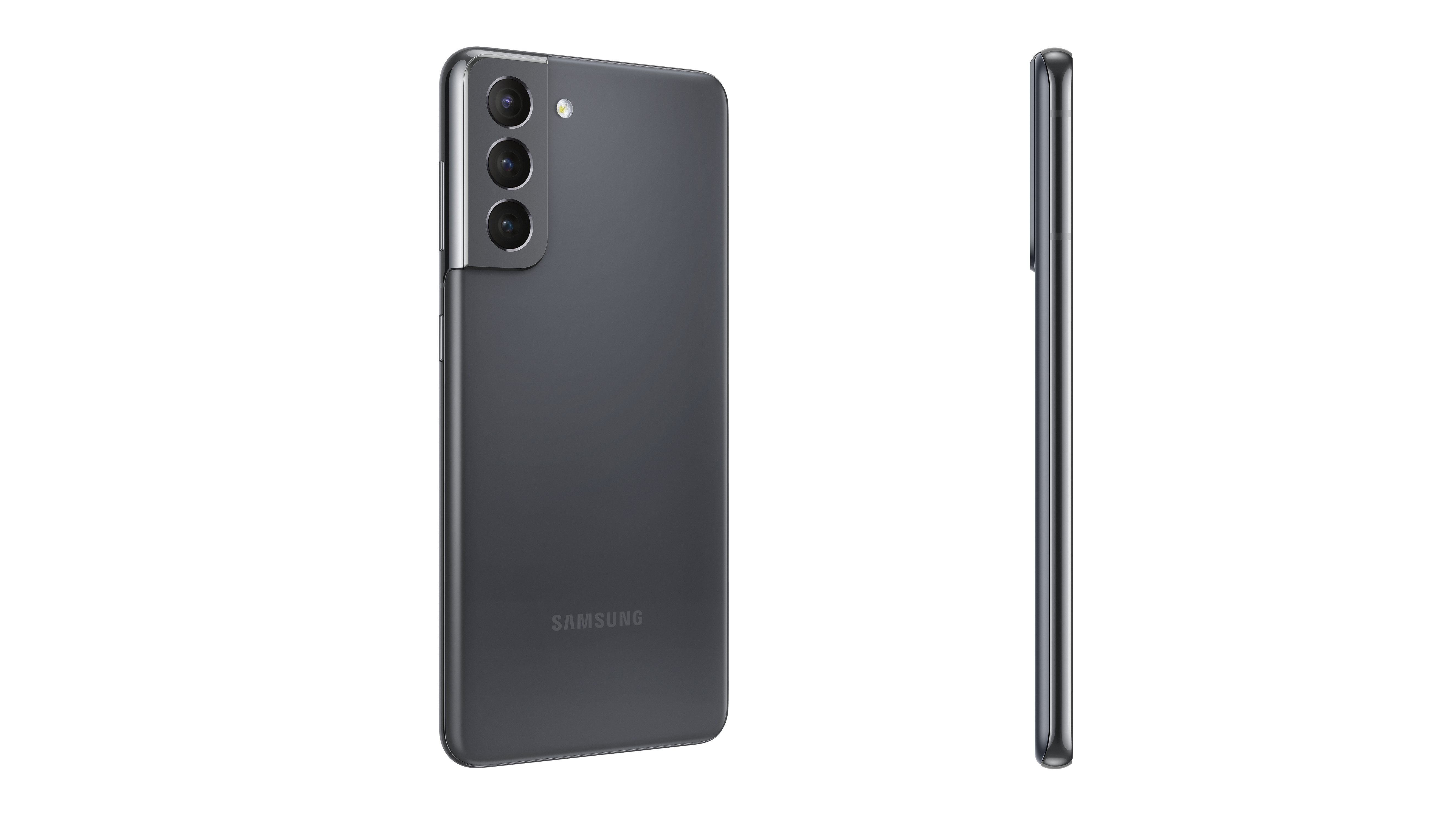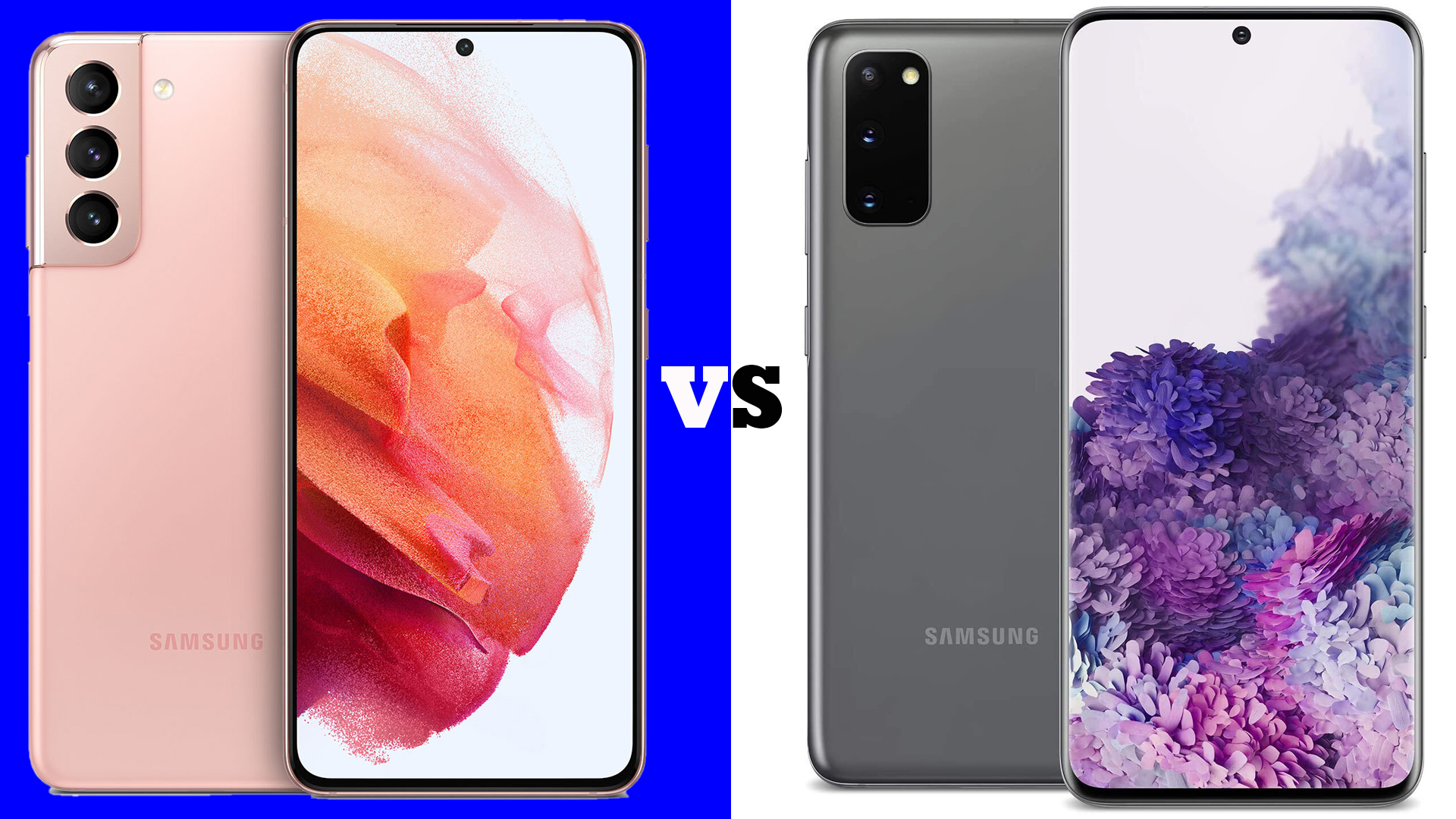A new year means new smartphones and the Samsung Galaxy S21 is the latest offering from Samsung. Priced at $799, the value that the Samsung Galaxy S21 presents is incredibly tempting.
However, how much value does the Samsung Galaxy S21 offer to people who already own a Samsung Galaxy S20? Is it worth the upgrade? While the S20 topped out our best smartphones buying guide when it launched, the S21 has slipped to second place after some stiff competition from the iPhone 12 Pro.
In this article, we’ll compare the two phones in all the categories that matter most and provide you with all the information you need to decide for yourself as well as our own opinion.
Samsung S20 vs S21: Performance & Features
The Samsung Galaxy S21 is both more powerful and more efficient than the Samsung Galaxy S20 due to its newer Qualcomm Snapdragon 888 chipset. This means that the Samsung Galaxy S21 is able to better manage battery life for longer screen time between charges and is more than capable of running demanding mobile titles such as Call of Duty: Mobile without a hitch.
However, the performance improvements that the Samsung Galaxy S21 offers aren’t hugely significant. The Qualcomm Snapdragon 865 chipset that powers the Samsung Galaxy S20 is still extremely capable of handling any task you could think to throw at it. Additionally, the Samsung Galaxy S21 and Samsung Galaxy S20 have the exact same 4000 mAh battery capacity and 8GB of RAM.
It is worth noting that the Samsung Galaxy S21 does not support either expandable microSD card storage or Magnetic Secure Transmission, which allows Samsung phones to make contactless payments on payment terminals that do not support NFC, whereas the Samsung Galaxy S20 does.
Samsung S20 vs S21: Cameras
The camera lenses on both the Samsung Galaxy S20 and Samsung Galaxy S21 are identical. They both feature three rear cameras, including a 12MP wide lens, 12MP ultrawide lens, a 64MP 3x telephoto lens, as well as 10MP selfie camera. Both phones are capable of taking photographs and videos at the exact same resolutions and frame rates. The only difference, at the time of writing, is the improvements Samsung has made to the camera software.

Modes like Single Take now allow for more types of simultaneous capture which helps get the best pictures possible of fast moving objects like your children and pets. Improvements have also been made to Space Zoom which now allows you to focus on a subject when zoomed up to 30x, making those zoomed in shots all the easier to take.
However, appreciated as these improvements are, there’s very little difference between the cameras on the Samsung Galaxy S20 and Samsung Galaxy S21. The majority of, if not all, of these improvements could also make their way to the Samsung Galaxy S20 via software updates. So, unless you’re the kind of person that absolutely needs the improvements made to Space Zoom, those hoping to find a substantially better camera experience via an upgrade will be left sorely disappointed.
Samsung S20 vs S21: Display
The Samsung Galaxy S20 has a definitively superior display to the Samsung Galaxy S21. The 6.2-inch AMOLED displays on both devices produce equally vibrant colors, deliver fantastic contrast ratios, and both support variable 120Hz refresh rate. However, the Samsung Galaxy S20’s display supports QHD+ resolution while the Samsung Galaxy S21 is locked to FHD+.
This does mean that users no longer have to toggle between FHD+ 120Hz and QHD+ 60Hz modes but this only due to a decrease in versatility. While FHD+ is still a great resolution for a 6.2-inch display it’s still outright inferior to a QHD+ display, meaning that swapping a Samsung Galaxy S20 for a Samsung Galaxy S21 would be a downgrade in terms of display quality.
Samsung S20 vs S21: Design
Whether the design of the Samsung Galaxy S21 is an improvement over the Samsung Galaxy S20 will largely depend on your own subjective preferences but there are some key differences you should be made aware of.

Samsung has swapped out the glass back of the Samsung Galaxy S20 for plastic on the Samsung Galaxy S21. However, the type of plastic that is used on the Samsung Galaxy S21 doesn’t in any way feel cheap and still retains all the features of its glass-backed predecessor such as wireless charging.
An outright improvement in design between the Samsung Galaxy S20 and Samsung Galaxy S21, in our opinion, is the return of a flat display from a curved display. While curved displays help to hide bezels and create a more immersive viewing experience they also slightly distort the edges of content which can be quite bothersome in certain lighting conditions. In the case of the Samsung Galaxy S21, the flat screen also means you’ll be able to more easily grip the phone.
Should you upgrade to the Samsung Galaxy S21?
Anyone with a Samsung Galaxy S20 should not upgrade to a Samsung Galaxy S21. That's the simple truth.
The Samsung Galaxy S21 offers practically zero improvements over its predecessor. The performance improvements offered by the new Snapdragon 888 chipset are not substantial enough to carry the small improvements made to camera software in the identical camera hardware and battery capacity found in both devices.
Worse still, the Samsung Galaxy S21 has an inferior display that is locked to FHD+ whereas the Samsung Galaxy S20 has a display capable of switching between QHD+ 60Hz and FHD+ 120Hz modes. Then there’s the outright removal of features such as support for expandable microSD card storage and MST which will be notable omissions for many.
For now, our advice is to stick with your Samsung Galaxy S20. Those with Samsung Galaxy S10 devices, or older, may wish to consider the Samsung Galaxy S21 but should also check out the used market for deals on Samsung Galaxy S20 devices.
